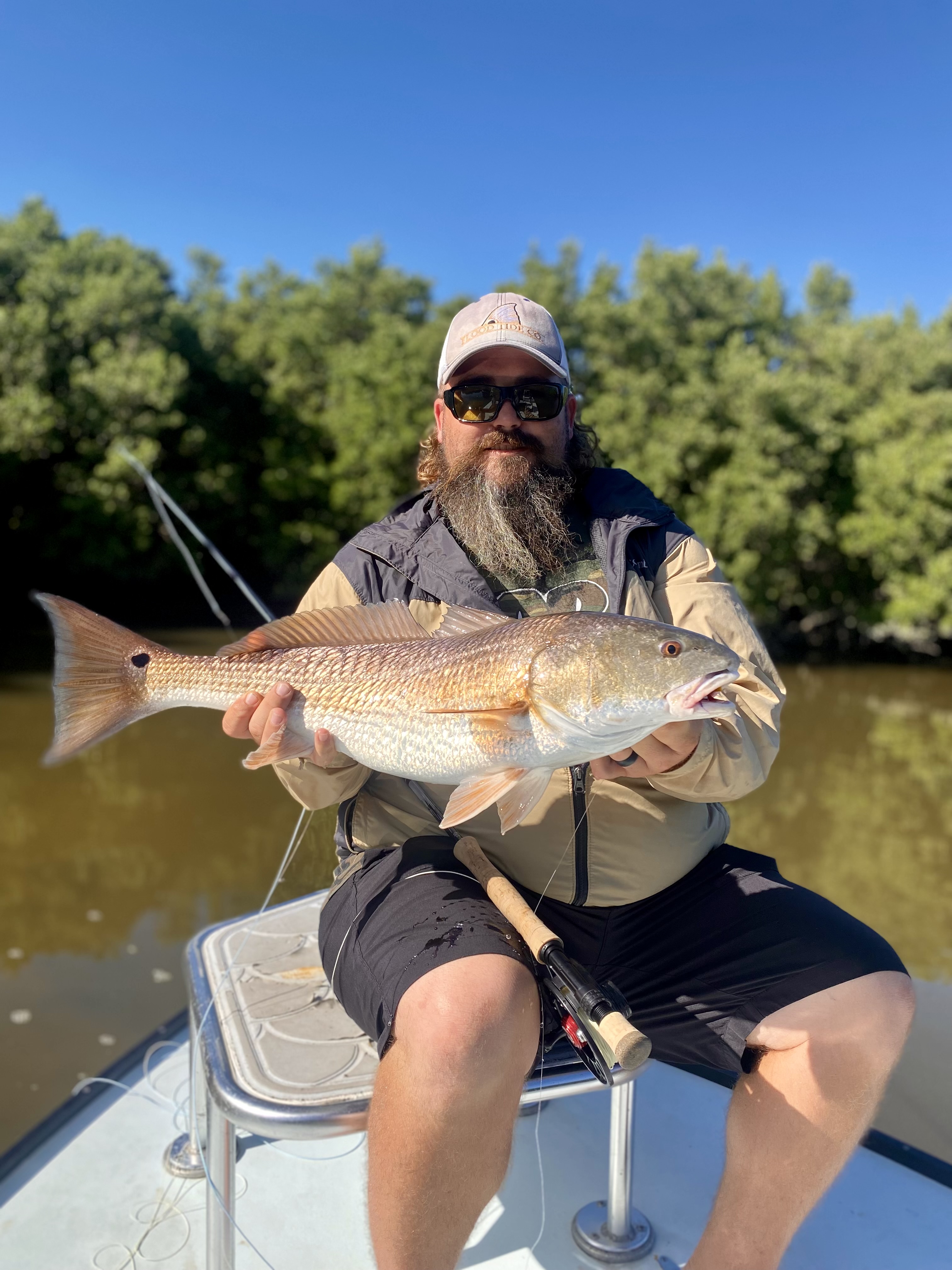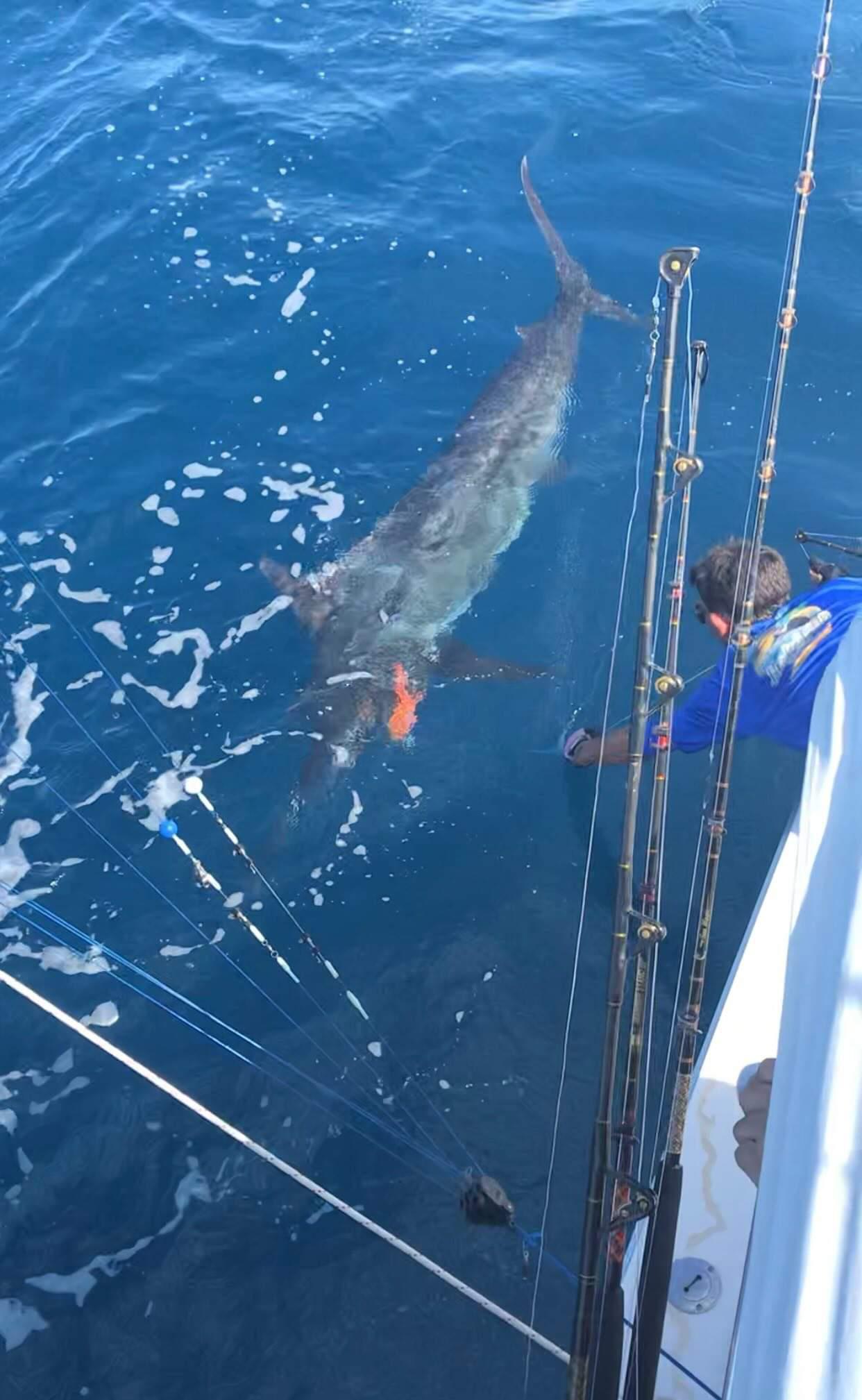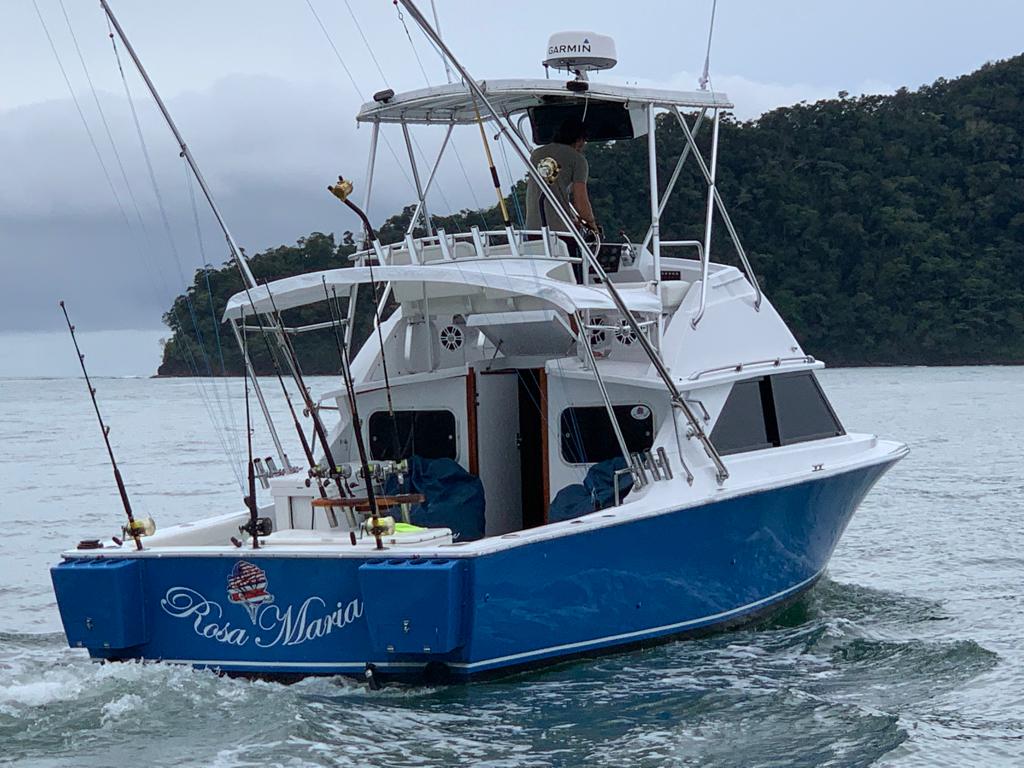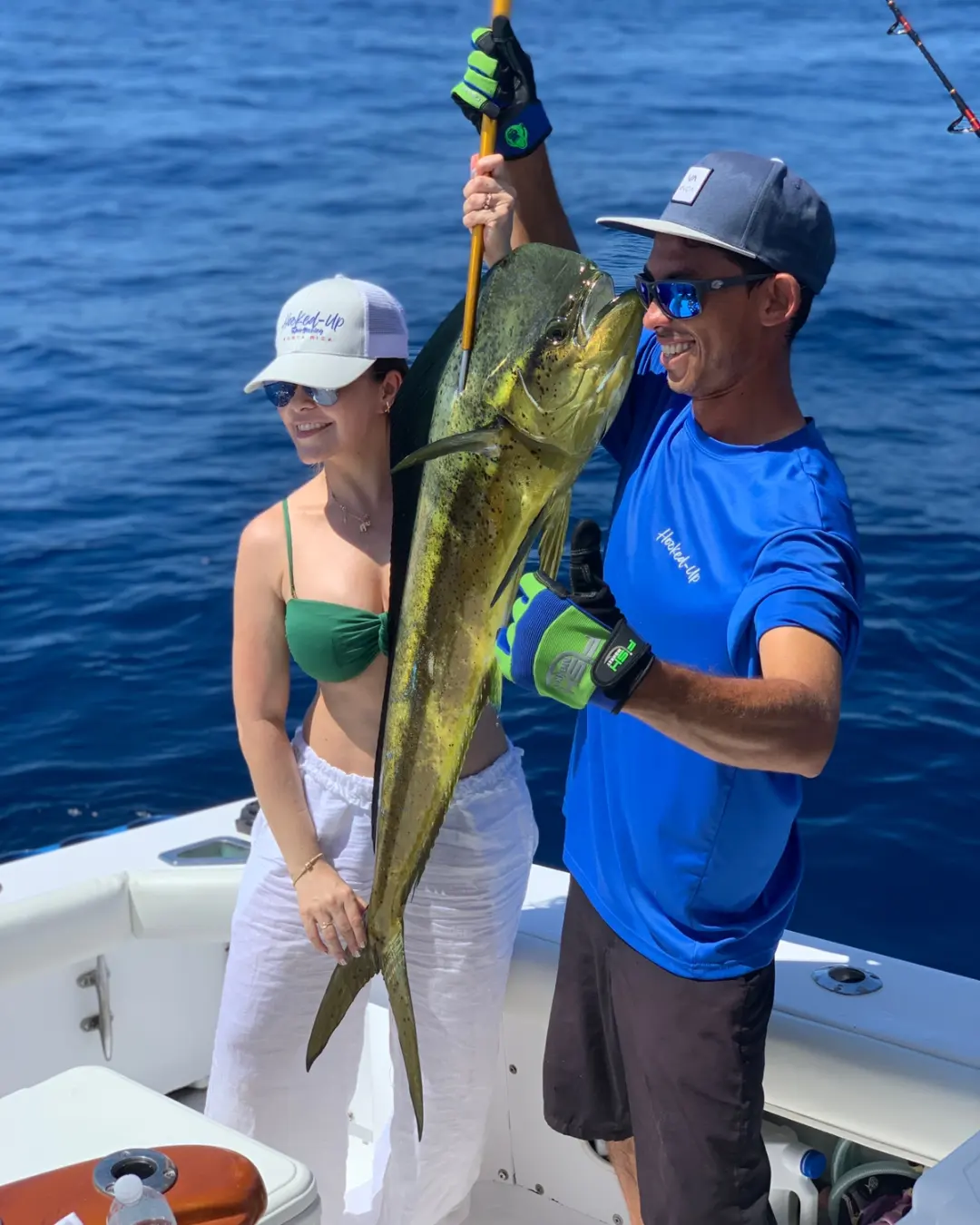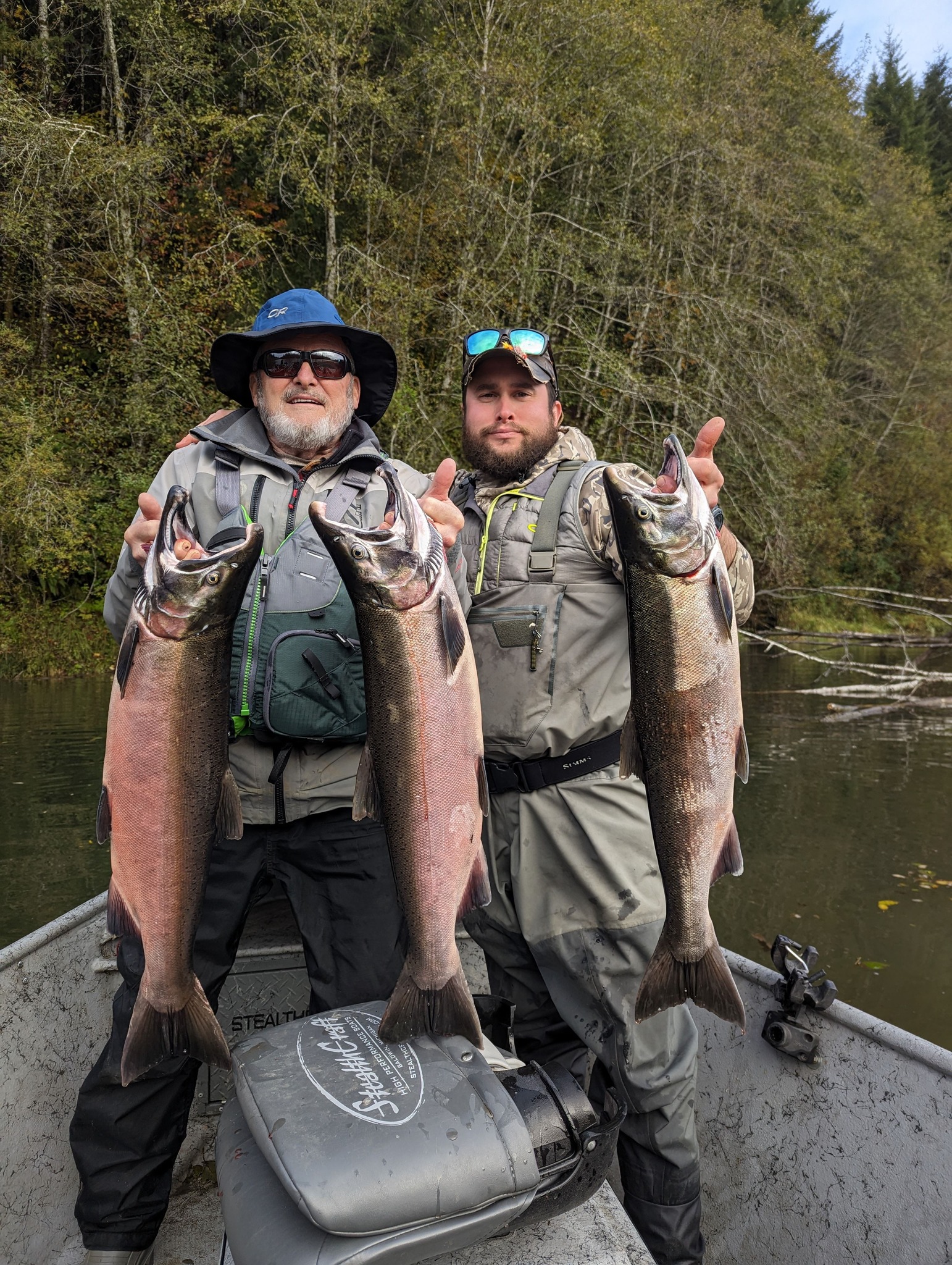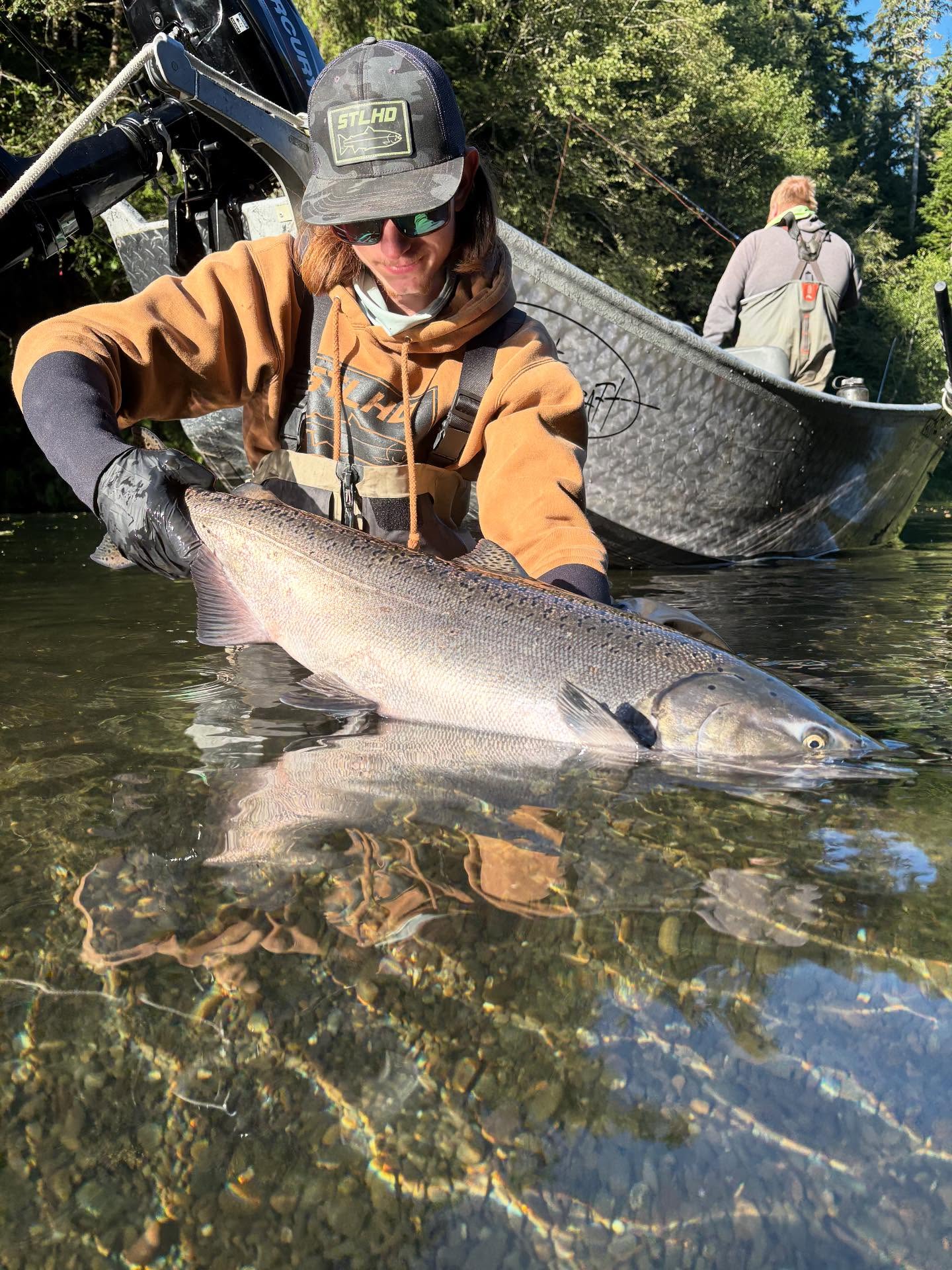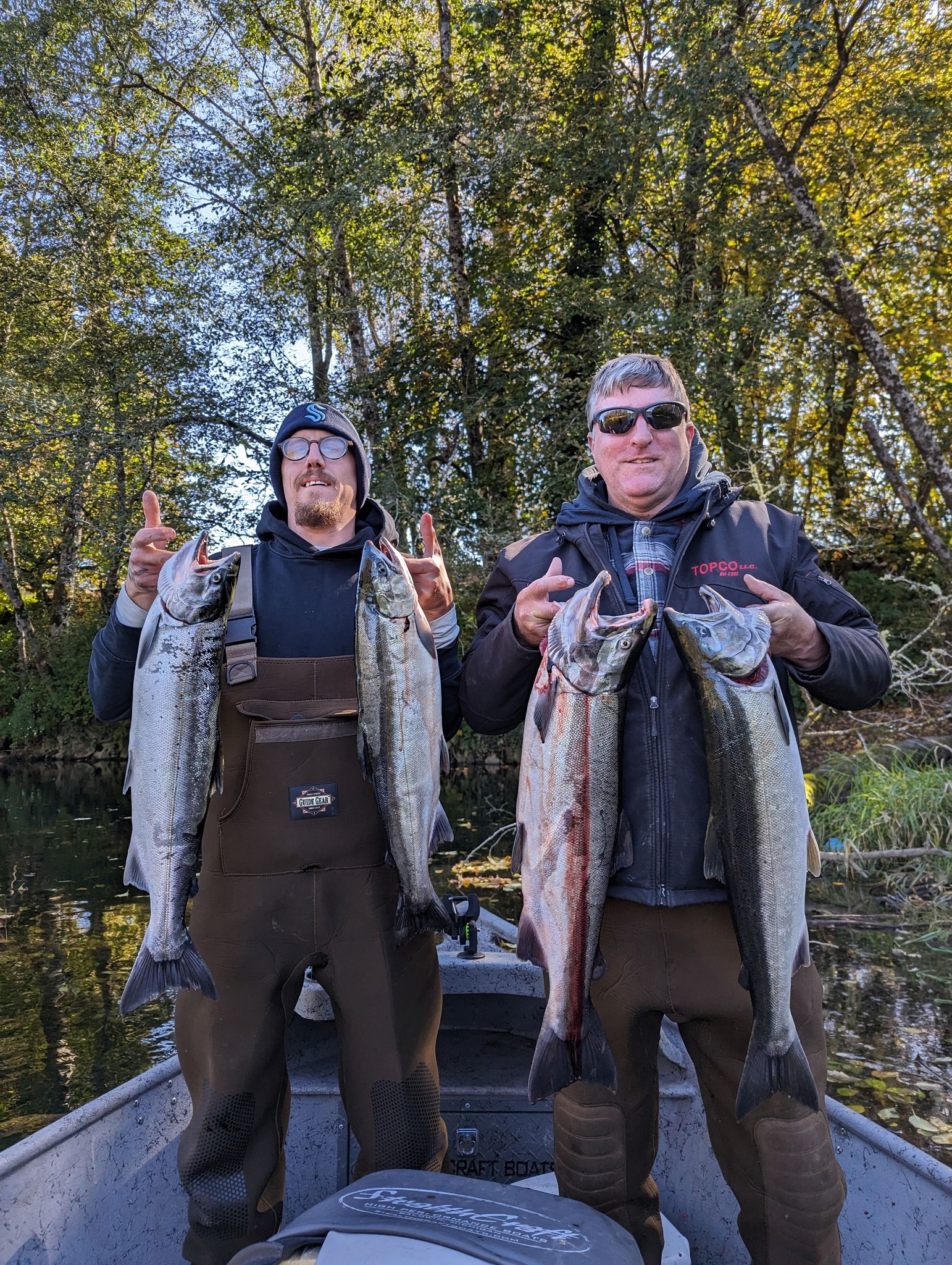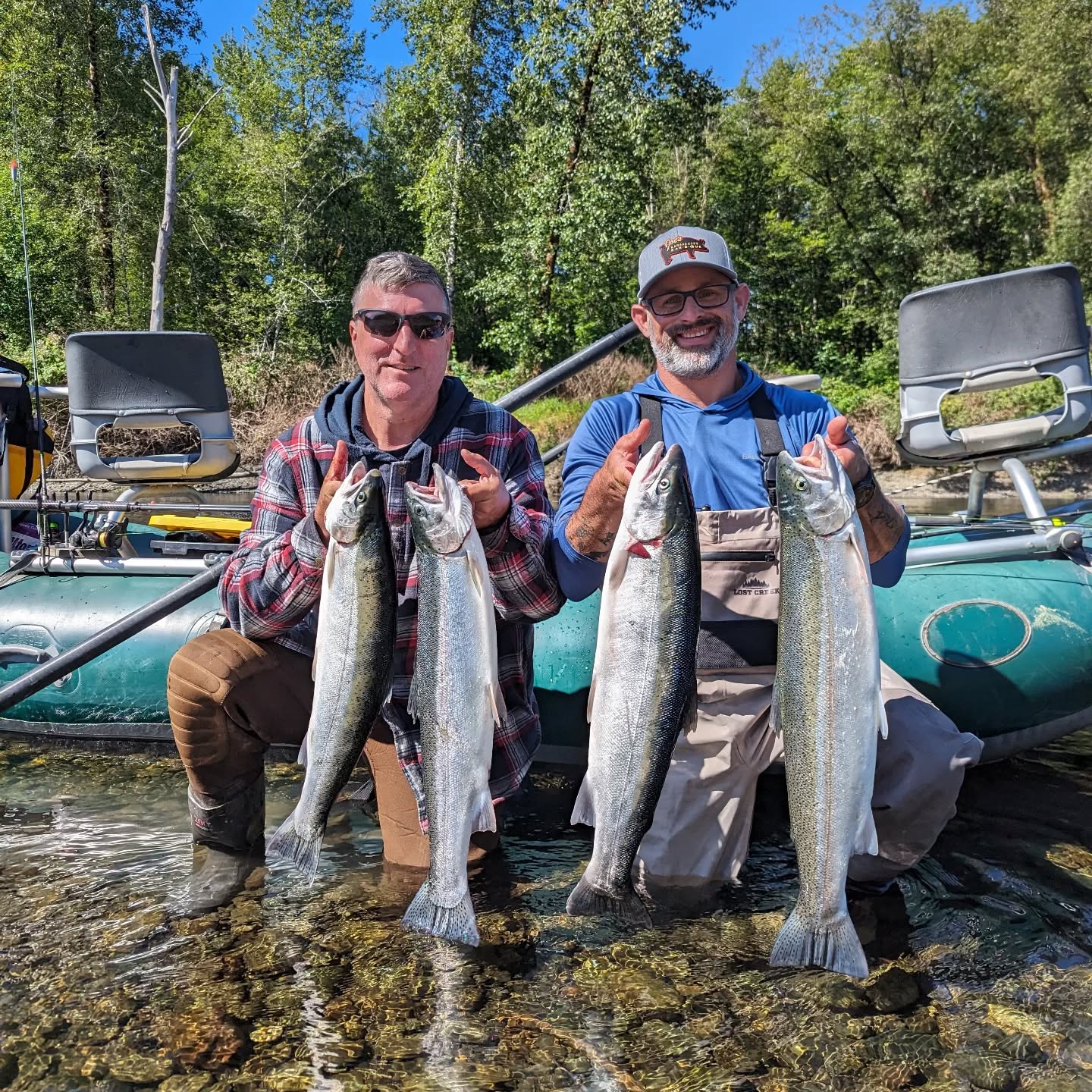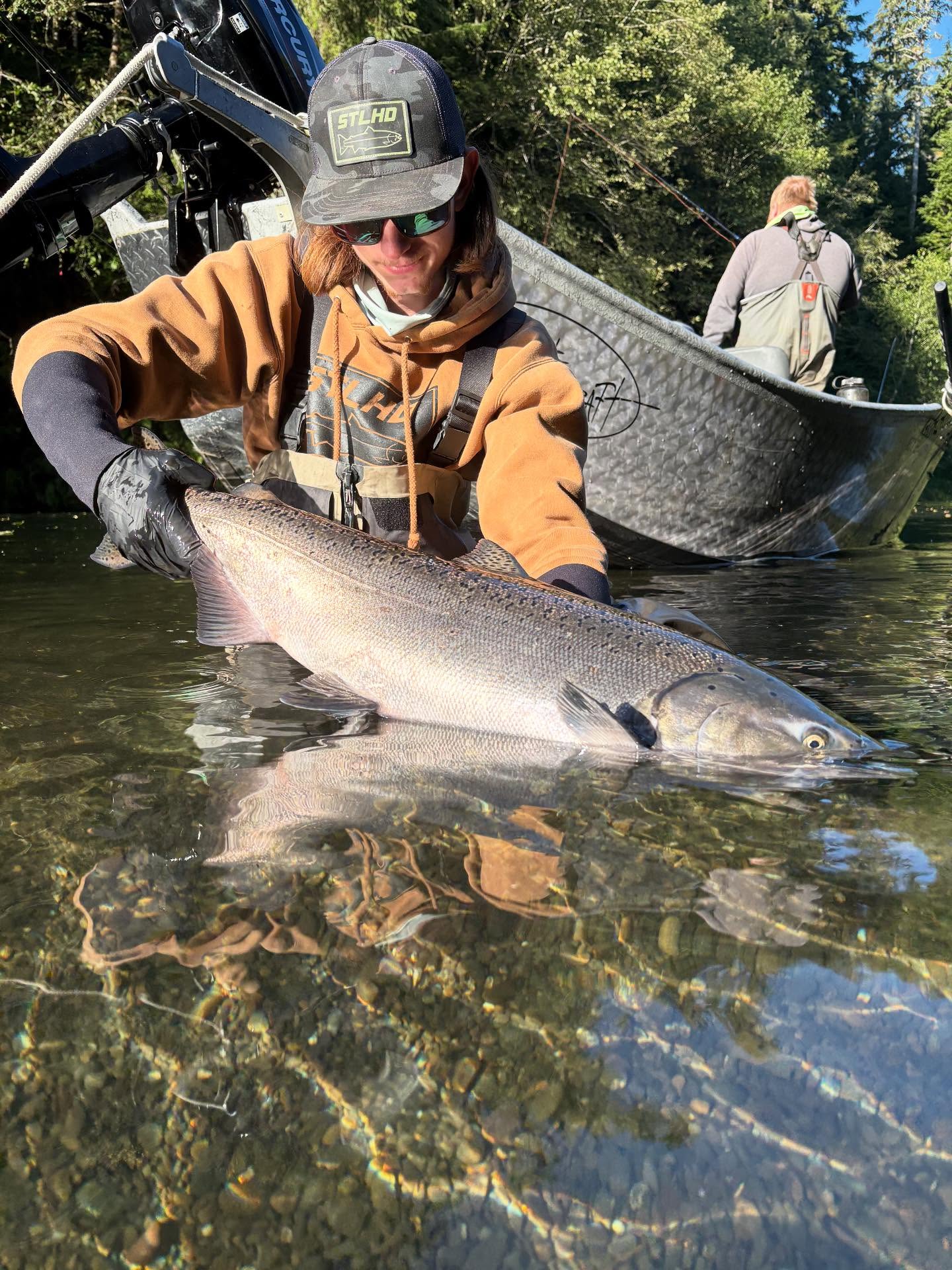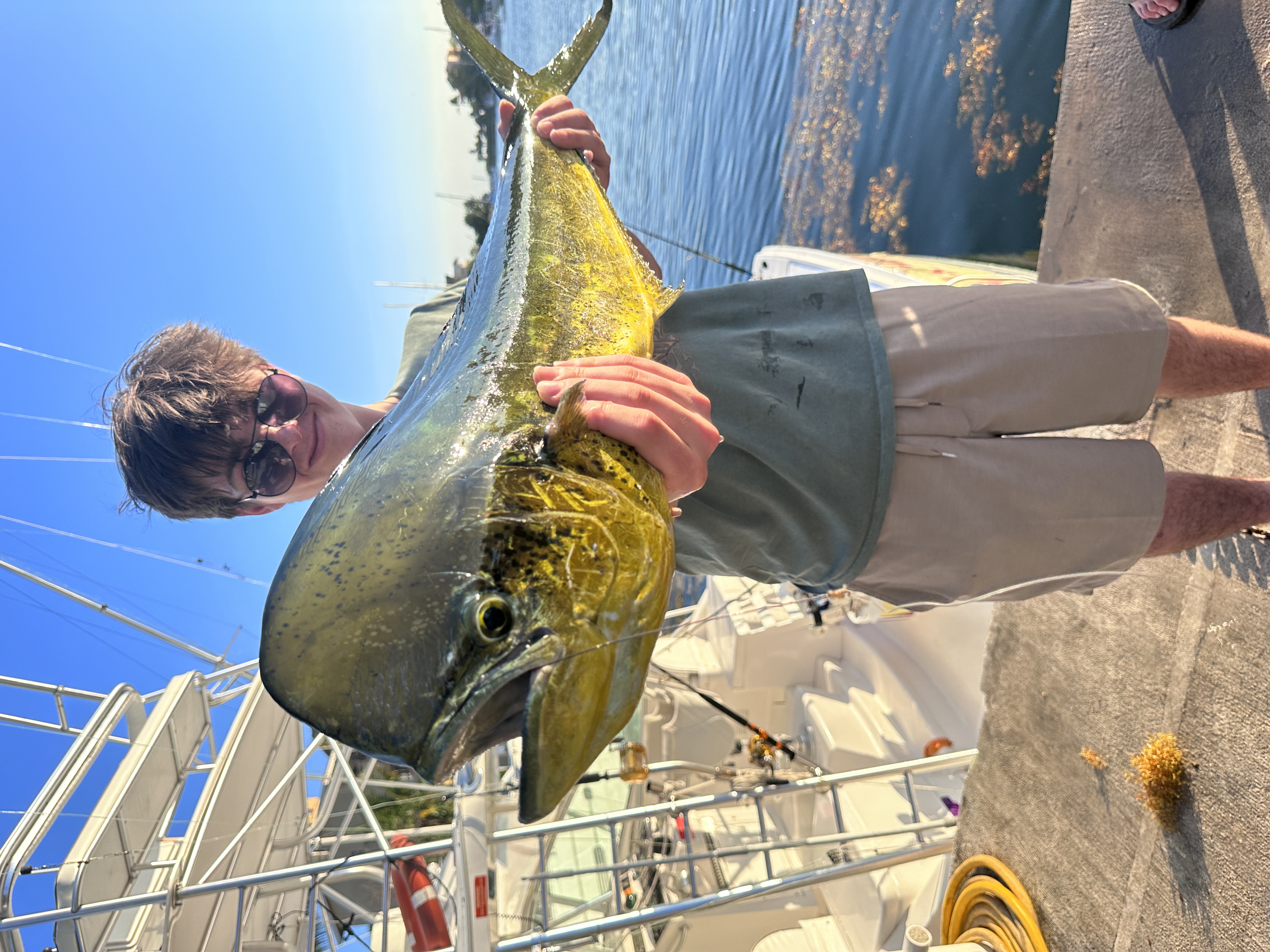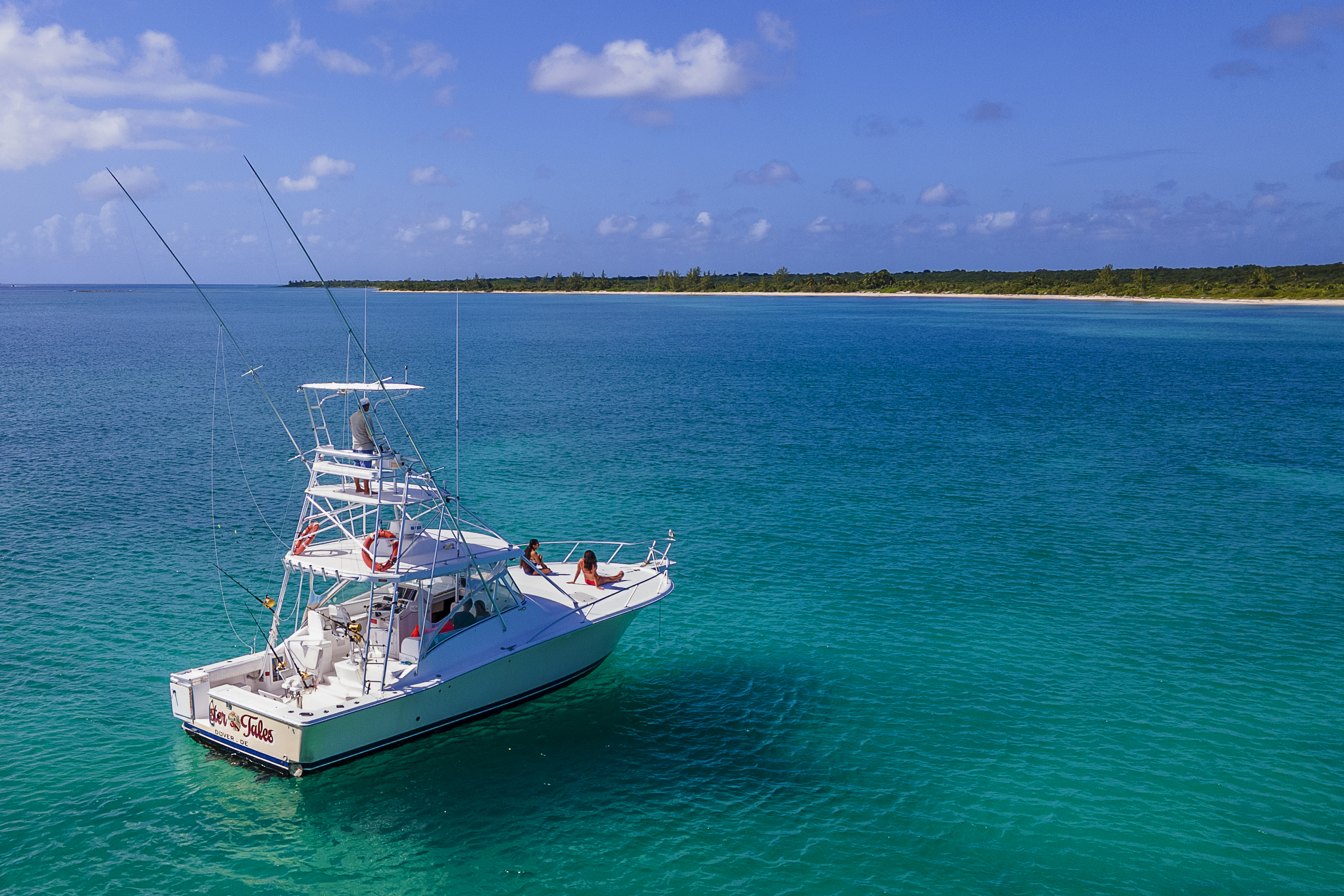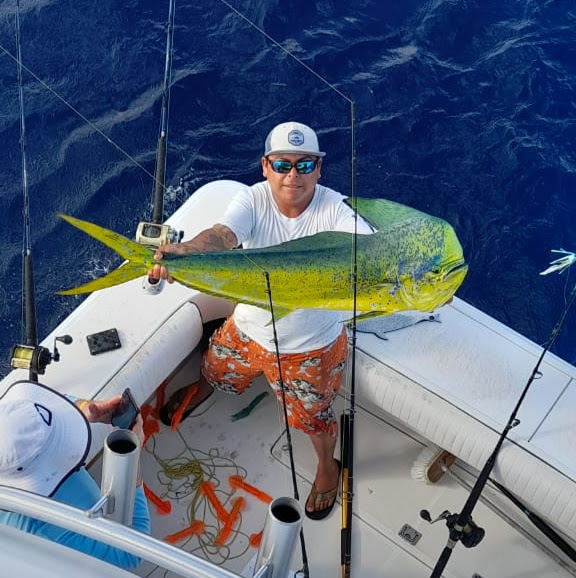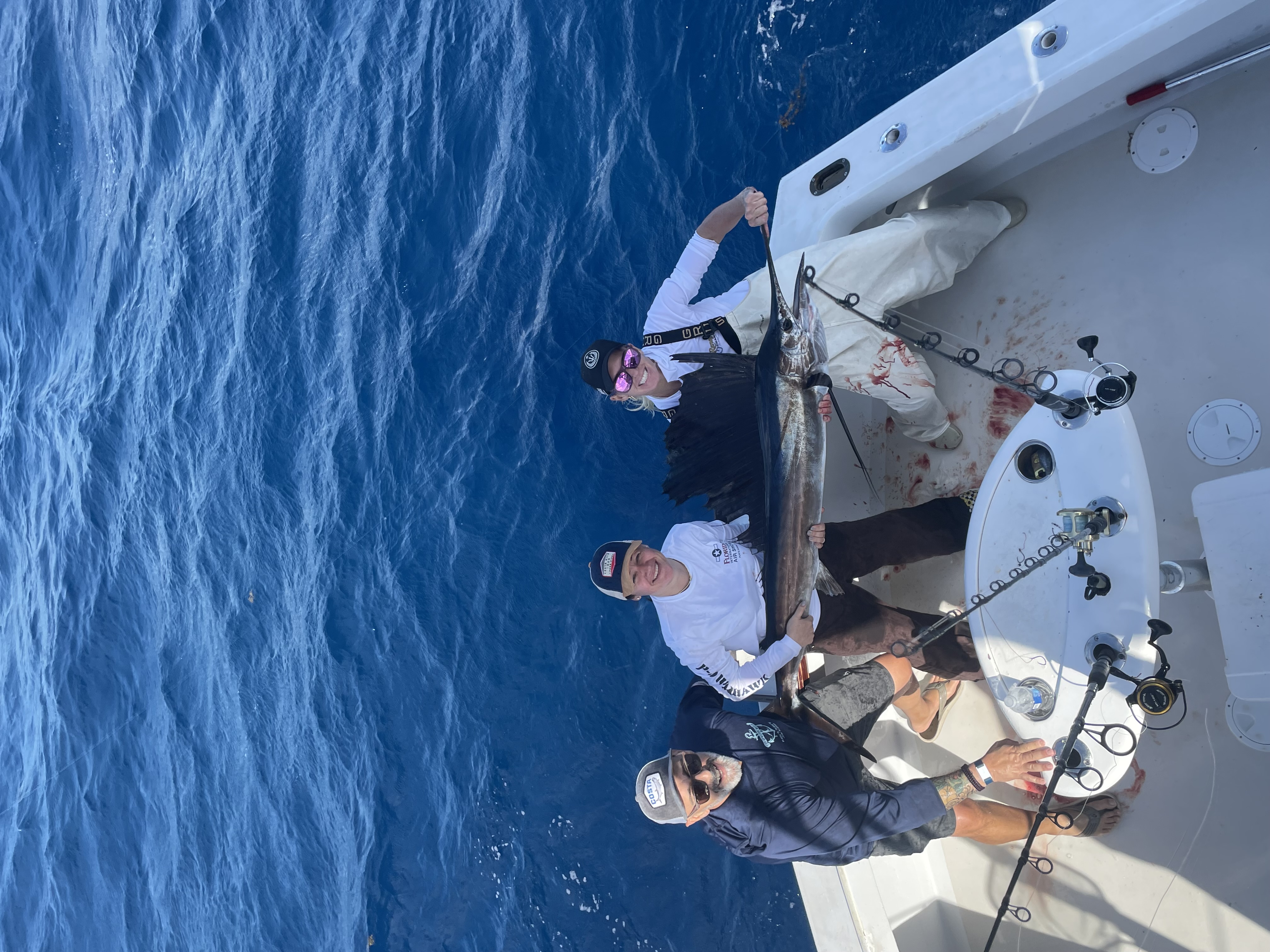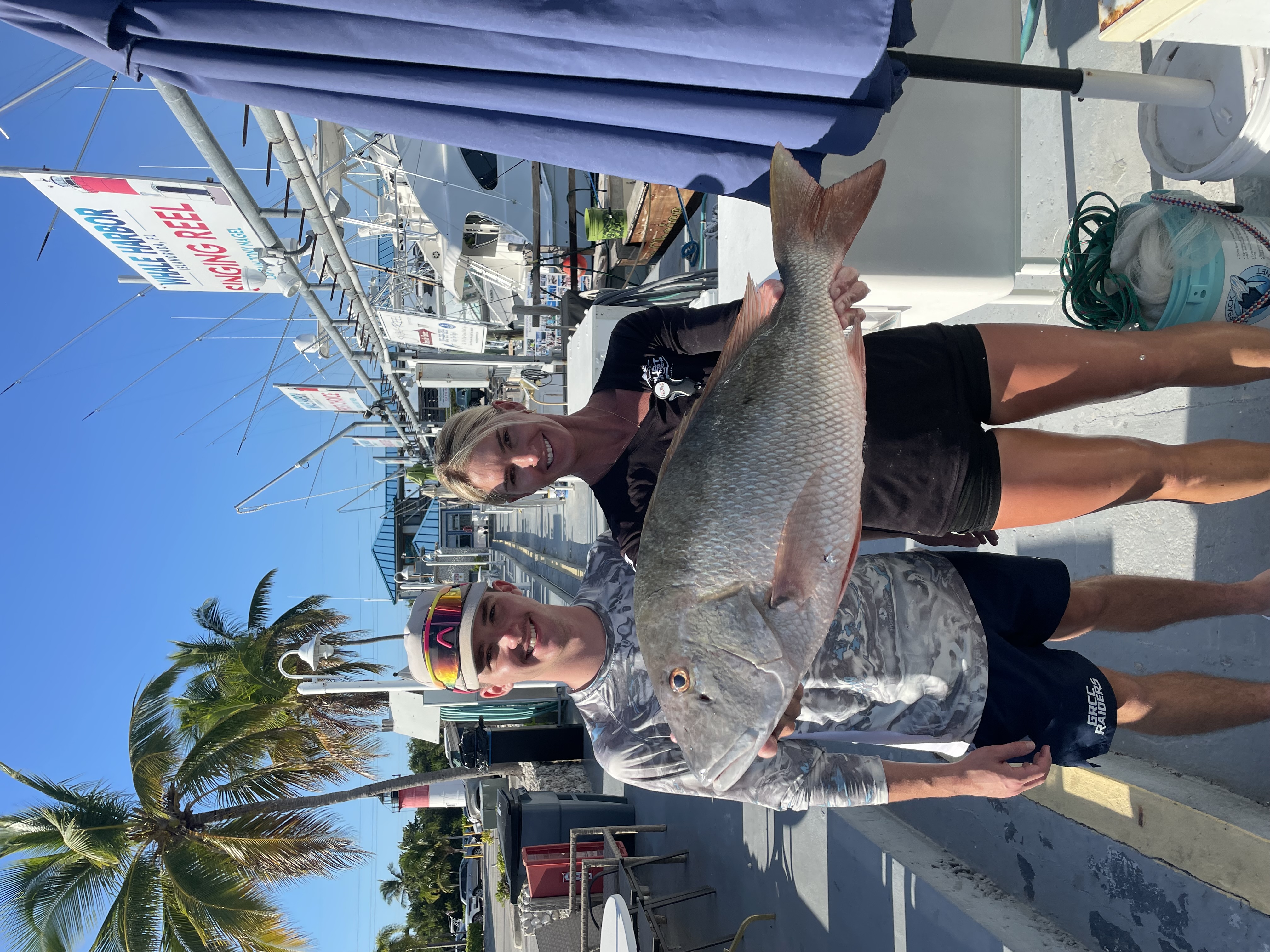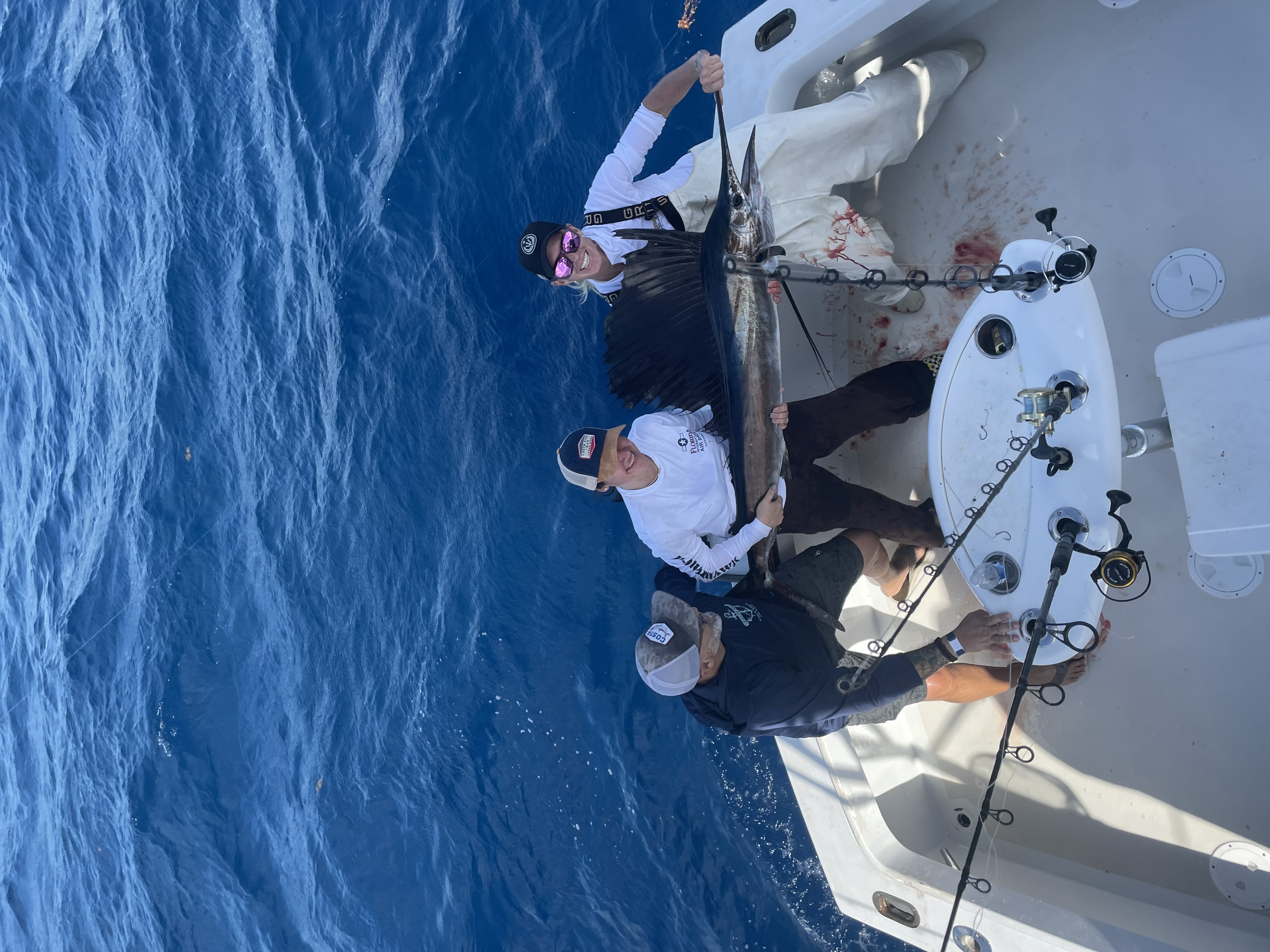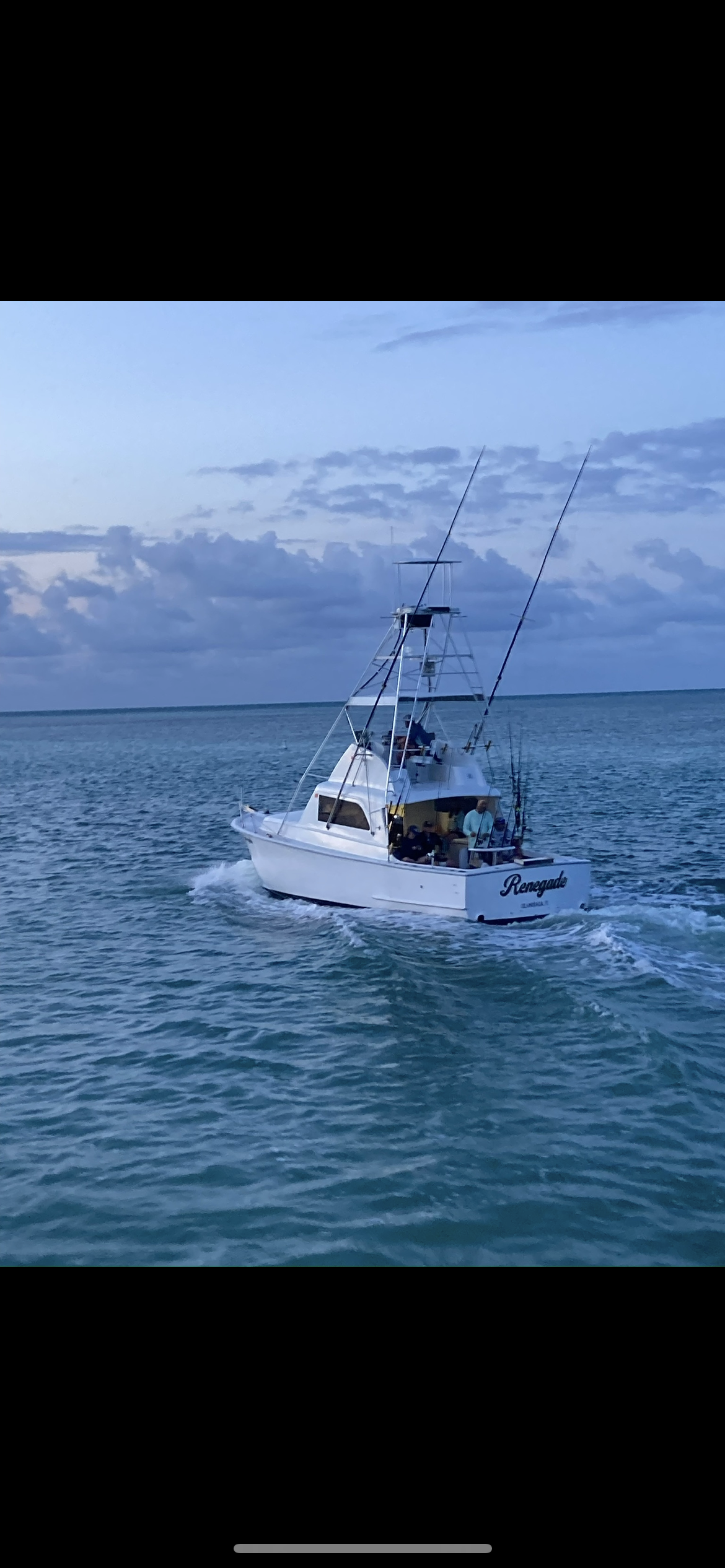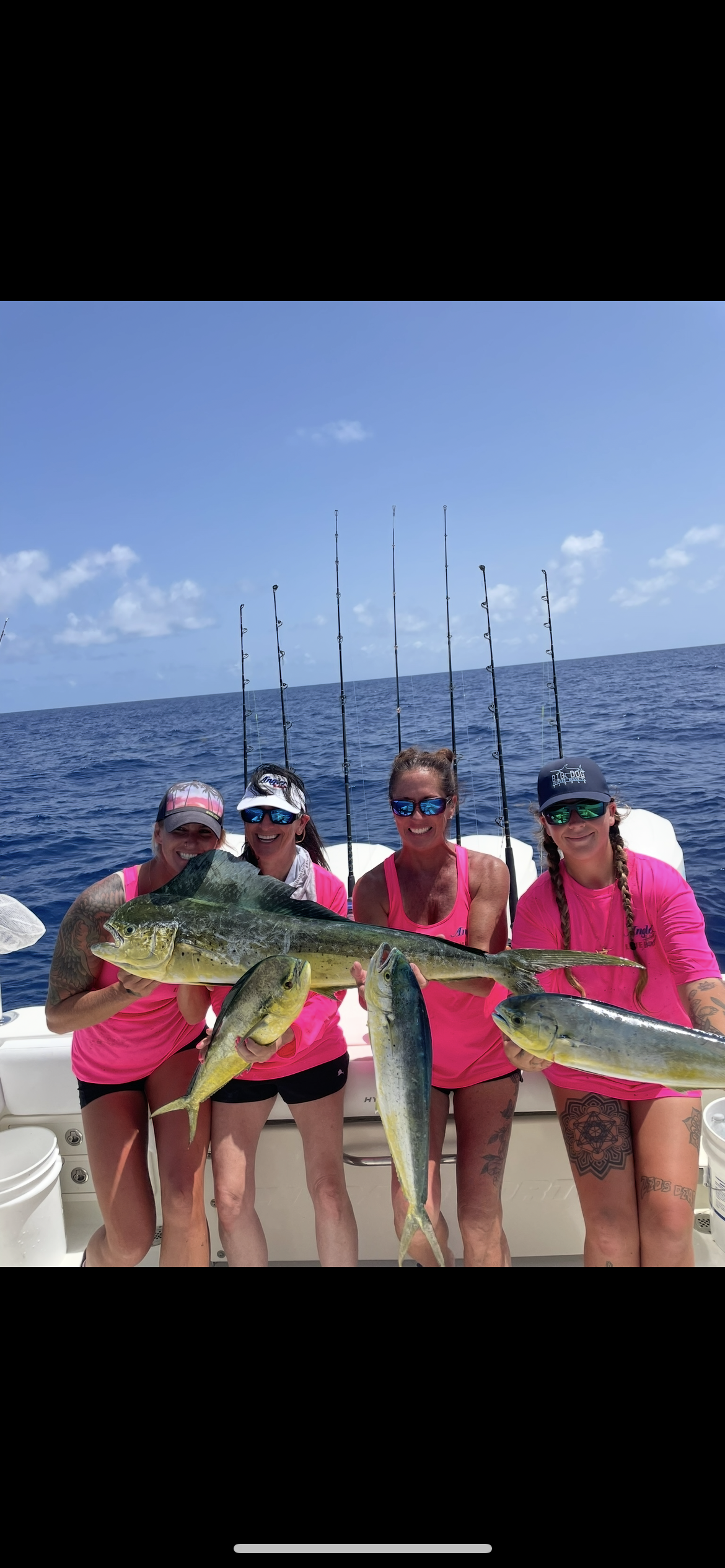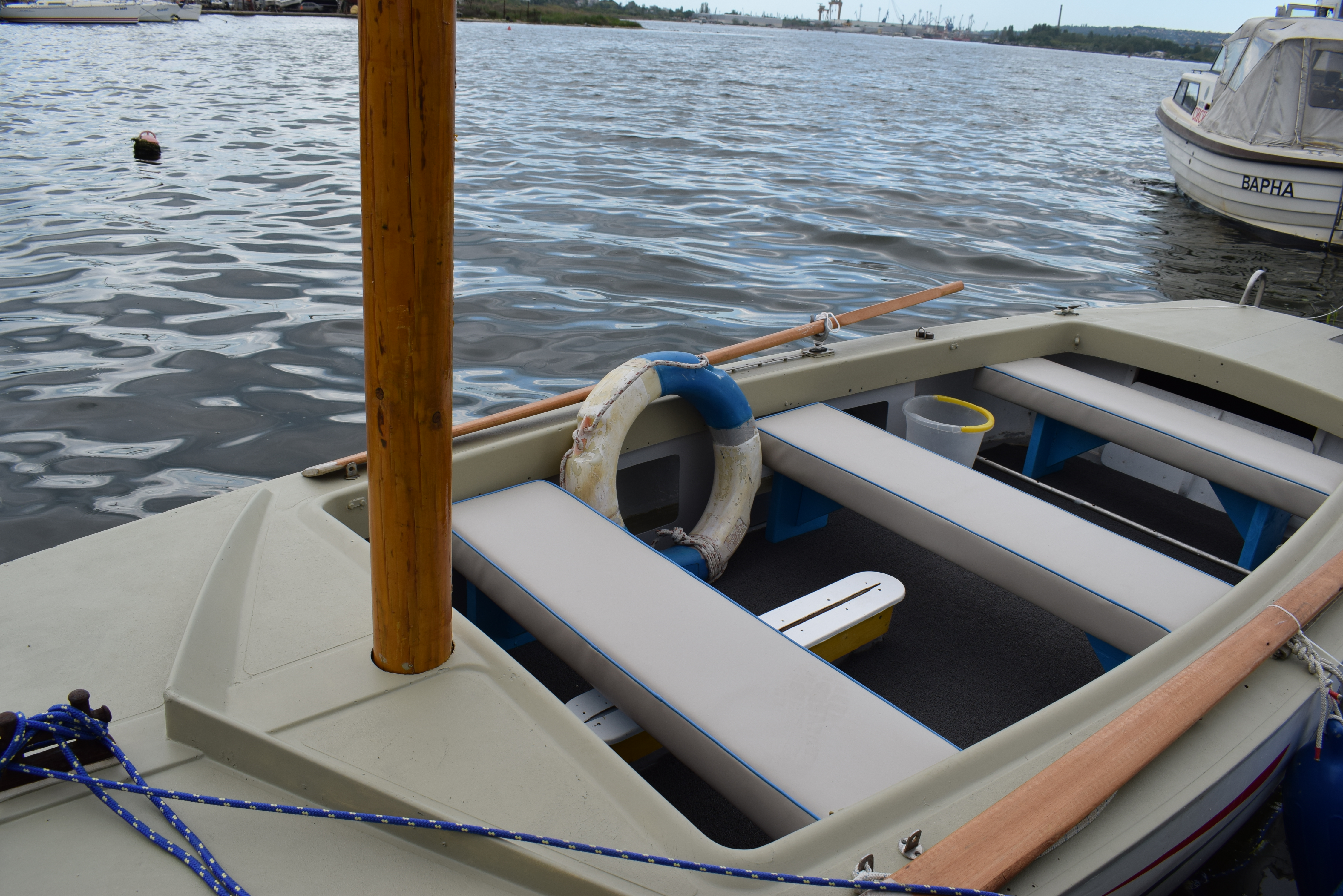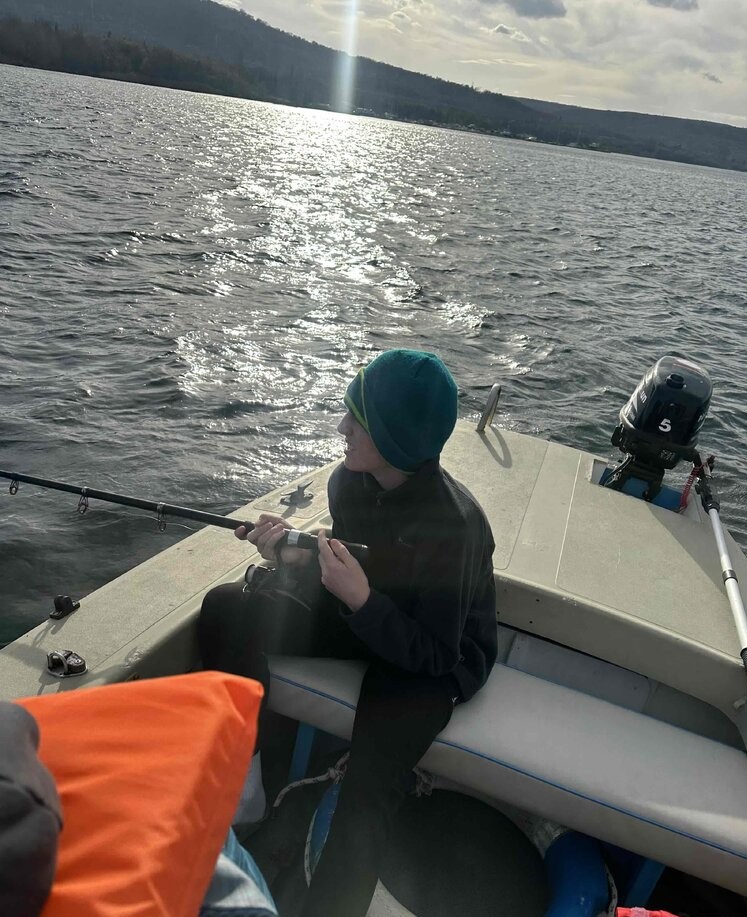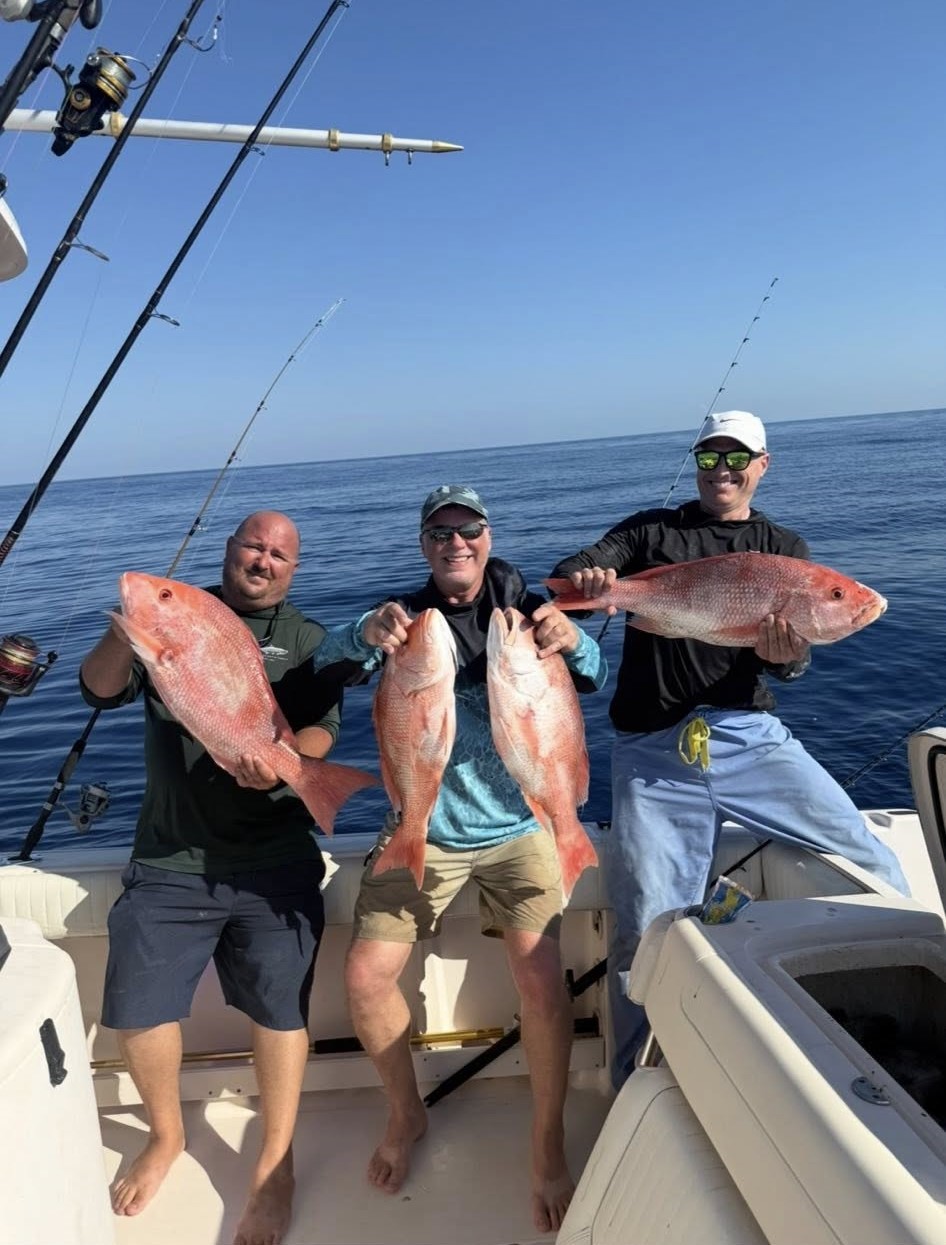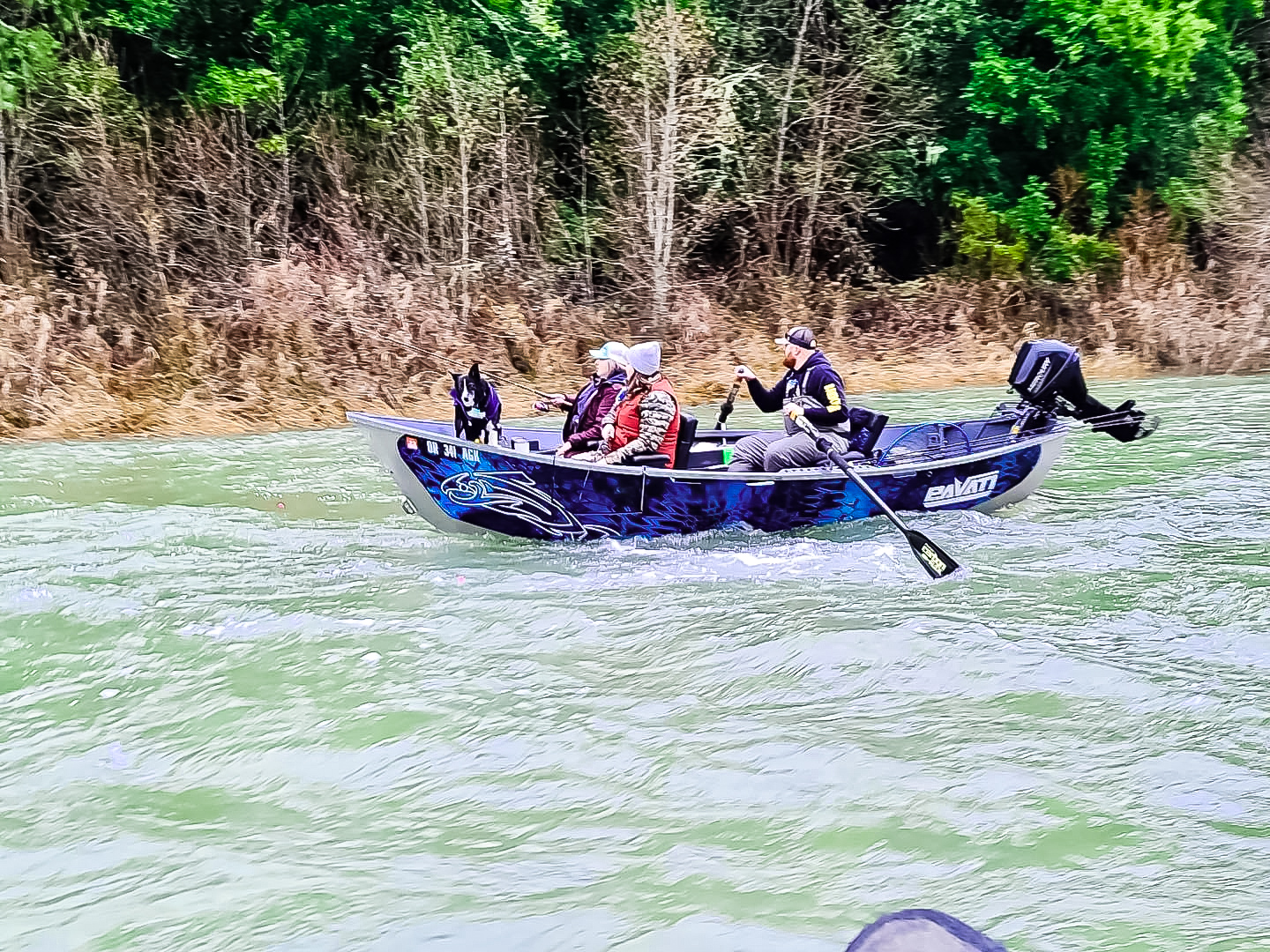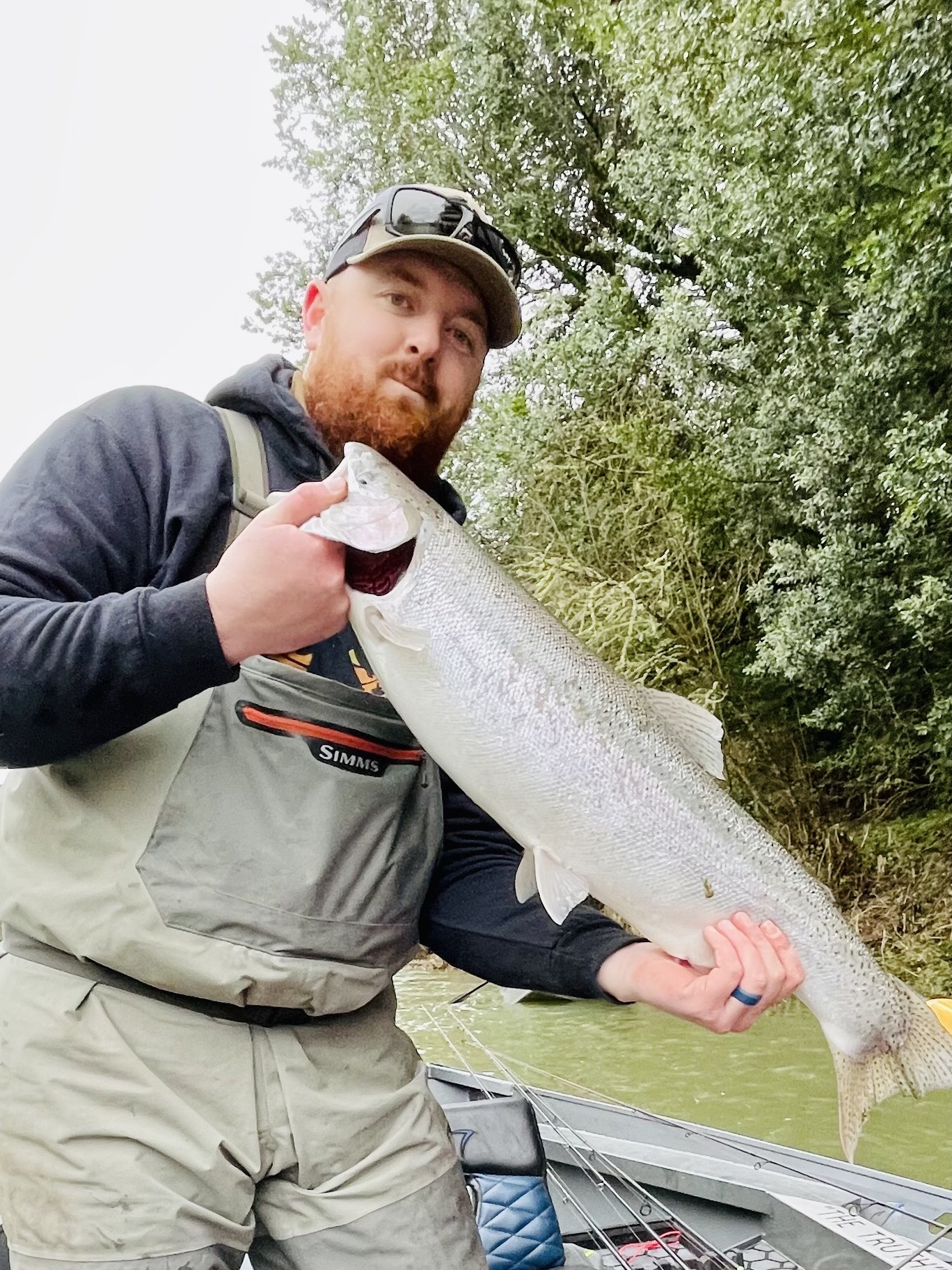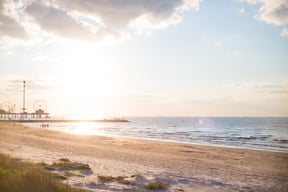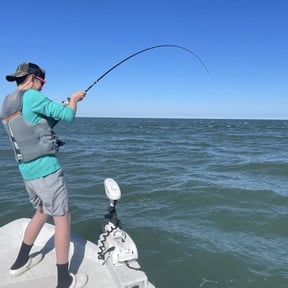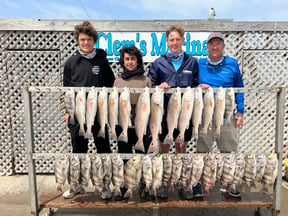Inshore, Flats Fishing in Pineland
Fly Fishing Pineland
Deep Sea Fishing in Playa Herradura
Full Day Offshore
Salmon Fishing Trip
Steelhead Fishing Trip
Deep Sea, Nearshore Fishing in Puerto Aventuras
Fishing Charter, Puerto Aventuras
Deep Sea, Nearshore Fishing in Islamorada
4 Hour Half Day
Deep Sea, Nearshore Fishing in Islamorada
6 Hour 3/4 Day
Black Sea Trips
Deep Sea, Nearshore Fishing in Sarasota
Red Snapper December Re-Open
Winter Steelhead
We started Captain Experiences to make it easy to book fishing and hunting guides around the world. With over 2,000 Damn Good Guides, our platform makes finding and booking a trip seamless. Head here to check out our trips.
How to Plan a Family Fishing Trip
Planning a fishing trip can get complicated, especially when accounting for kids. Picking a trip that’s fun for kids is tricky because age and capability vary, but largely determine what caliber of fishing they can handle. Also, it's hard to know if your kid will get sea sick if they haven't spent much time on the water, but it will quickly ruin the experience if they do. To help you give your family a fun fishing experience that creates lifelong memories, here’s what you need to know to plan the perfect trip.
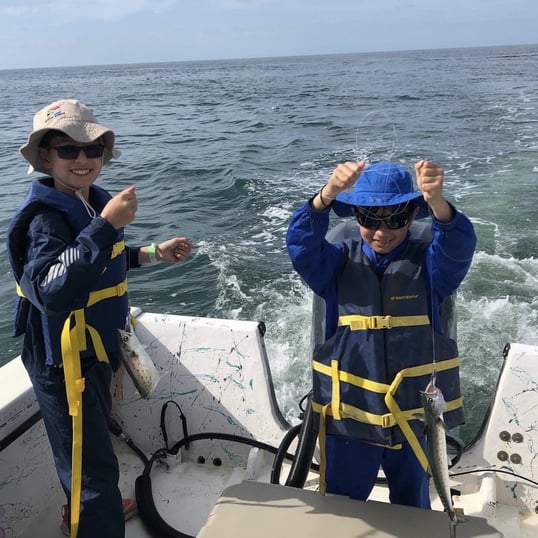
What Type of Trip
Fishing with the family limits trip options to fishing styles that have a lower barrier to entry. Freshwater trips to lakes and rivers are similar to inshore trips, which use light tackle and fairly simple techniques that can be learned fast enough for kids to be successful. Nearshore trips may not be ideal for young kids because of the more powerful fish and medium weight tackle. Offshore trips tend to be a bad idea, unless your family goes offshore fairly often and is comfortable with longer trips with potentially rough conditions.
Your kids may be interested in a certain type of fishing, which is good to take into account to make sure they have the best experience possible. To pick the right trip, consider how much wind, waves, or type of weather your family is comfortable with. In general, conditions are smooth and calm inland on lakes and rivers, with inshore only being slightly more windy. Once you leave the protection of the backwaters, the potential for choppy conditions increases rapidly the further you get from shore.
Freshwater Trips
Lake conditions are smooth because they are protected from weather on all sides. The most common lake trips are perfect for families looking for a day on the water with simple fishing techniques and light tackle. Catching an eight pound bass is a difficult task, but more freshwater fish are manageable for any angler. Some fish like muskie are exceptionally hard to catch and should probably be avoided. Choose a trip that uses conventional tackle and targets bass, crappie, or catfish, and it’s sure to be a hit.
Inshore Trips
The best inshore trips that maximize comfort and bites are jetty and bay fishing trips. These trips stay in protected waters where conditions remain calm, but target huge fish that pile up near structures to feed. Drifting the bays is exciting and can be the most action packed day you’ve had, while bottom fishing the jetties can be just as productive but doesn’t require casting. These trips target popular species like redfish, black drum, sheepshead, and speckled trout which are typically easy to catch, but the giants are tough to handle. Inshore fishing is the perfect balance of entry level fishing with a chance at hooking into a monster.
Nearshore Trips
Heading further out to nearshore waters is a good choice for kids that have been fishing a few times and can handle catching larger fish. The best nearshore trips are bottom fishing deep structure for reef fish like snapper, grouper, and amberjack. Bottom fishing is simple and only requires anglers to drop the bait down to the bottom and wait for a bite. While the approach is simple, the fish are big and put up a fierce fight. Nearshore trip still have short travel times but offer a much more exhilarating experience.
What to Bring
The most important things to bring along for any fishing trip is a cooler packed with snacks and drinks. This makes sure that you stay hydrated and fueled up for a full day on the water. Also, if you plan to keep fish and take home some meat, the cooler will be helpful. For a complete packing list of essentials and what to wear, check out our blogs Fishing Trip Essentials and What to Wear On a Fishing Charter. With the right clothes, food, drinks, and protection from the sun, the last thing is to tip your guide at the end of the trip.
Joey Butrus
Updated on August 2, 2023
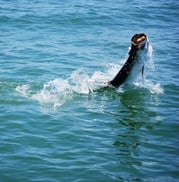
April 15, 2022
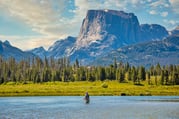
May 13, 2024
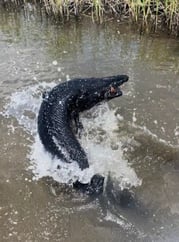
June 22, 2022
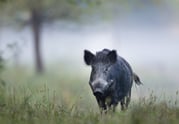
November 7, 2023
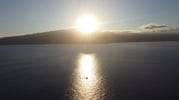
April 26, 2022
Related Articles
April 26, 2023
Featured Locations
- Fishing Charters Near Me
- Austin Fishing Guides
- Biloxi Fishing Charters
- Bradenton Fishing Charters
- Cabo San Lucas Fishing Charters
- Cancun Fishing Charters
- Cape Coral Fishing Charters
- Charleston Fishing Charters
- Clearwater Fishing Charters
- Corpus Christi Fishing Charters
- Crystal River Fishing Charters
- Dauphin Island Fishing Charters
- Daytona Beach Fishing Charters
- Destin Fishing Charters
- Fort Lauderdale Fishing Charters
- Fort Myers Fishing Charters
- Fort Walton Beach Fishing Charters
- Galveston Fishing Charters
- Gulf Shores Fishing Charters
- Hatteras Fishing Charters
- Hilton Head Fishing Charters
- Islamorada Fishing Charters
- Jacksonville Fishing Charters
- Jupiter Fishing Charters
- Key Largo Fishing Charters
- Key West Fishing Charters
- Kona Fishing Charters
- Lakeside Marblehead Fishing Charters
- Marathon Fishing Charters
- Marco Island Fishing Charters
- Miami Fishing Charters
- Montauk Fishing Charters
- Morehead City Fishing Charters
- Naples Fishing Charters
- New Orleans Fishing Charters
- New Smyrna Beach Fishing Charters
- Ocean City Fishing Charters
- Orange Beach Fishing Charters
- Panama City Beach Fishing Charters
- Pensacola Fishing Charters
- Pompano Beach Fishing Charters
- Port Aransas Fishing Charters
- Port Orange Fishing Charters
- Rockport Fishing Charters
- San Diego Fishing Charters
- San Juan Fishing Charters
- Sarasota Fishing Charters
- South Padre Island Fishing Charters
- St. Augustine Fishing Charters
- St. Petersburg Fishing Charters
- Tampa Fishing Charters
- Tarpon Springs Fishing Charters
- Venice Fishing Charters
- Virginia Beach Fishing Charters
- West Palm Beach Fishing Charters
- Wilmington Fishing Charters
- Wrightsville Beach Fishing Charters


